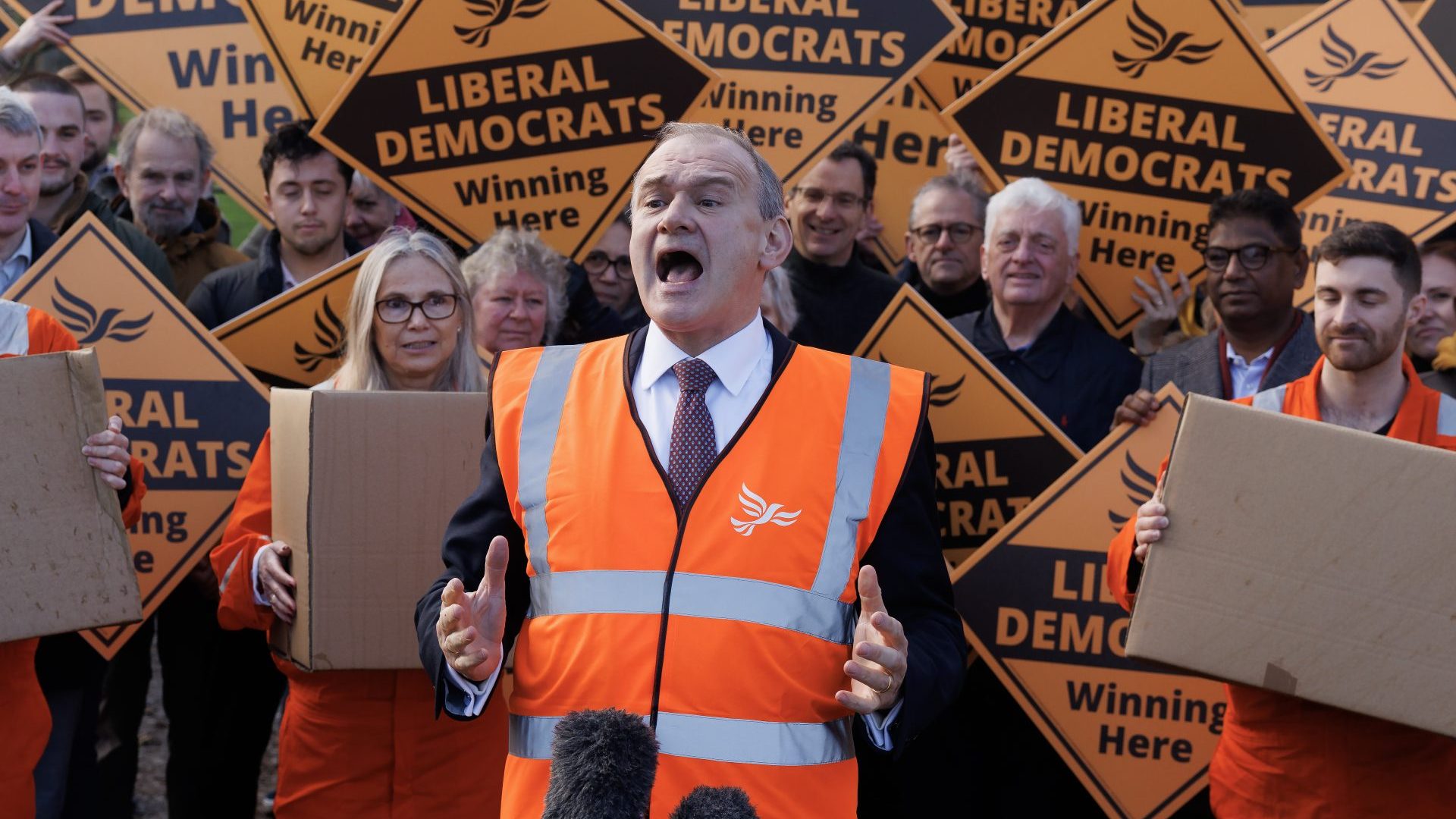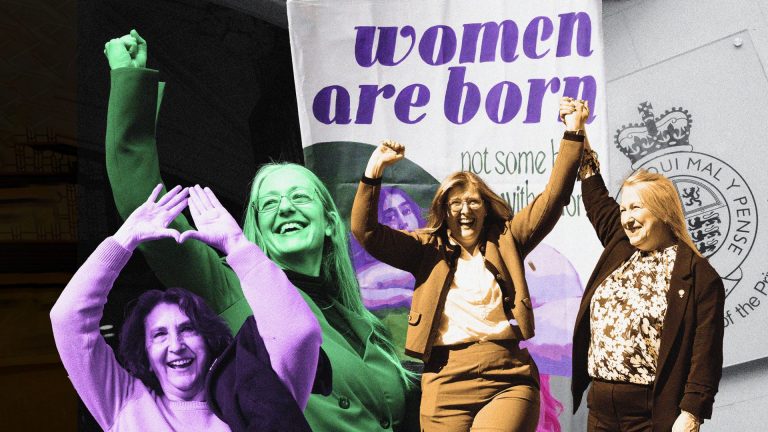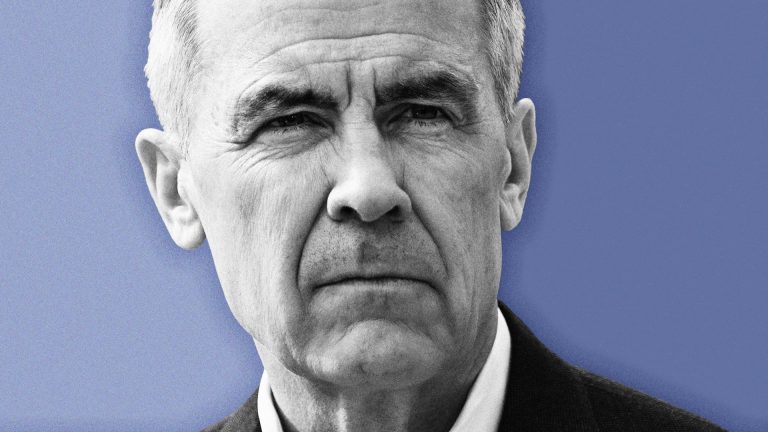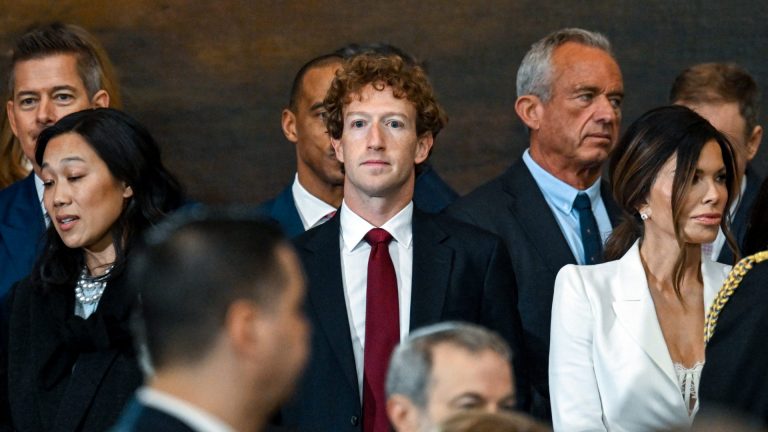If your interest in British politics is only cursory and you follow it via the headlines in our biggest current affairs shows and newspapers, you’d be forgiven for thinking that the UK only had three significant political parties, led by Keir Starmer, Kemi Badenoch and Nigel Farage. And that since they take up so much of the conversation, those three parties must encompass the full gamut of mainstream political views in the country.
Labour, the Conservatives and Reform would all claim they are drastically different parties, and on some issues that is true. But there is much that unites them, too.
All three say government departments can still make significant spending cuts through “efficiencies”, all three fight one another over who can do the most to “stop the boats” and cut immigration numbers and all three say they “accept” the Brexit referendum and want to keep the UK outside the EU, single market and the customs union.
For those anywhere near the left or the centre left, it makes politics and political coverage dispiriting. Labour and the Tories are each looking over their shoulders towards Reform as their primary political threat – attention which in turn justifies extensive coverage of Nigel Farage’s party, which fuels further political attention in an ongoing spiral.
Despite Labour winning a majority almost as large as that of Tony Blair in 1997, politics doesn’t feel like it’s moved all that far to the left, nor in a liberal direction – and the narrative of both major parties acts as if they are only threatened from the right. The reality is quite different.
The Liberal Democrats are the third biggest party in parliament, even though they secured fewer votes than Reform. The party, referred to as “the Japanese knotweed of UK politics” by one sympathiser recently, is extraordinarily good at holding onto seats once they establish a foothold – except from that time that they got into government.
Ed Davey has a regular platform at PMQs, a rejuvenated public image thanks to his outward-bound PR stunts and his genuine campaigning on caring and carers’ issues. He benefits from the fact that his time as a Cabinet minister in the coalition government has faded from most voters’ memories.
The difficulty for Davey is how to use the impressive gains his party has made under his leadership to achieve much more. The Liberal Democrats went from eight seats to 72 in the 2024 general election, winning almost every target seat. But when the government’s majority is north of 150, 72 seats gets you no actual leverage at all.
Because the Lib Dems won pretty much every target seat they had, they are left with little to aim at in the near term – they are in second place in just 27 out of the UK’s 650 Westminster seats (Reform, by contrast, is second in 98, while the Tories are second in 293). Another big parliamentary breakthrough is unlikely – though in some seats, Davey’s party could sneak through the middle as the other parties fight for the anti-immigration, anti-EU vote.
Davey’s difficulties also come from predictability: if the leader of the Liberal Democrats says something pro-EU, it’s neither surprising nor particularly newsworthy, and so it doesn’t attract much coverage. In recent days, he has come out strongly for rejoining the customs union, and against Elon Musk (who responded by calling him a “snivelling moron”). But outside of the Guardian and the Today programme – oh, and Musk’s fanboys on X – few have noticed.
The Conservatives should be gunning for the Lib Dems – whose 2024 electoral gains came almost entirely from Tory-held seats – but they’re not. That complacency might help the party hold their new seats, but it makes it hard for them to fit into the discourse. That disconnect between the rural Tory seats they hold and the more urban, Labour-held seats they could target is a further headache for the party, but presents opportunity, too.
The Lib Dems have long been strategically ambiguous about where their politics lie. For most of the Blair era, they presented themselves as being on the left of New Labour, a reputation burnished by their anti-Iraq War credentials – only to go into coalition for five years with the Conservatives.
Today, they hold many of their seats thanks to being less threatening to Tory swing voters than Labour, but are advocating for wealth taxes, faster climate action, and against Labour cuts. They are certainly more liberal and more internationalist than Labour – at a time when the three major parties talk about immigration only in terms of it being a problem or an unfortunate necessity in the national interest, they can send a different message.
Reform attracted just over four million voters in the 2024 general election – but the Liberal Democrats and the Greens between them secured 5.4 million votes. Even before Labour entered power, which comes with inevitable disappointments, there were more voters dissatisfied with the political duopoly from the left or liberal side than the right (and that’s before looking at the Scottish and Welsh parties).
There has been no shortage of column inches spent on the question of whether Labour has abandoned its working class base – but now it’s in power, with a huge but fragile majority, the party should be looking at its real voter base: younger middle class voters, who are liberal, internationalist, progressive and who want to see actual change.
Labour risks falling into the same trap into which Kemi Badenoch has so obviously fallen into – of focusing on the risks and dangers of Reform to the exclusion of all else, focusing on the fraction of the electorate they might claim to the exclusion of all else.
Reform may draw much of the oxygen in the room and occupy much of the attention, but that still doesn’t make them the only show in town. The Liberal Democrats, if they hold or even grow their seat total, could be pivotal in the next general election.
Along with the Greens, they could pull millions more votes from Labour between now and 2028 or 2029 – in the worst-case scenario, allowing a united right to regain power. Labour needs to be reminded which voters make up its base, and that it can’t take liberal or younger voters for granted.
That suggests the Lib Dems need to avoid the Swinson strategy: like the Greens, they don’t need to look like a credible standalone government. They don’t need to try to appeal to a majority of voters. Instead, they need to make a credible case for the principles they believe in.
That won’t always break through, but sometimes it will. It serves to remind people that other ways of approaching problems are possible. It makes people feel heard.
And one way or another, it might keep Labour honest – even if only because nervous Labour MPs eyeing up their small majorities think it’s all that might keep them in their job next time around.










